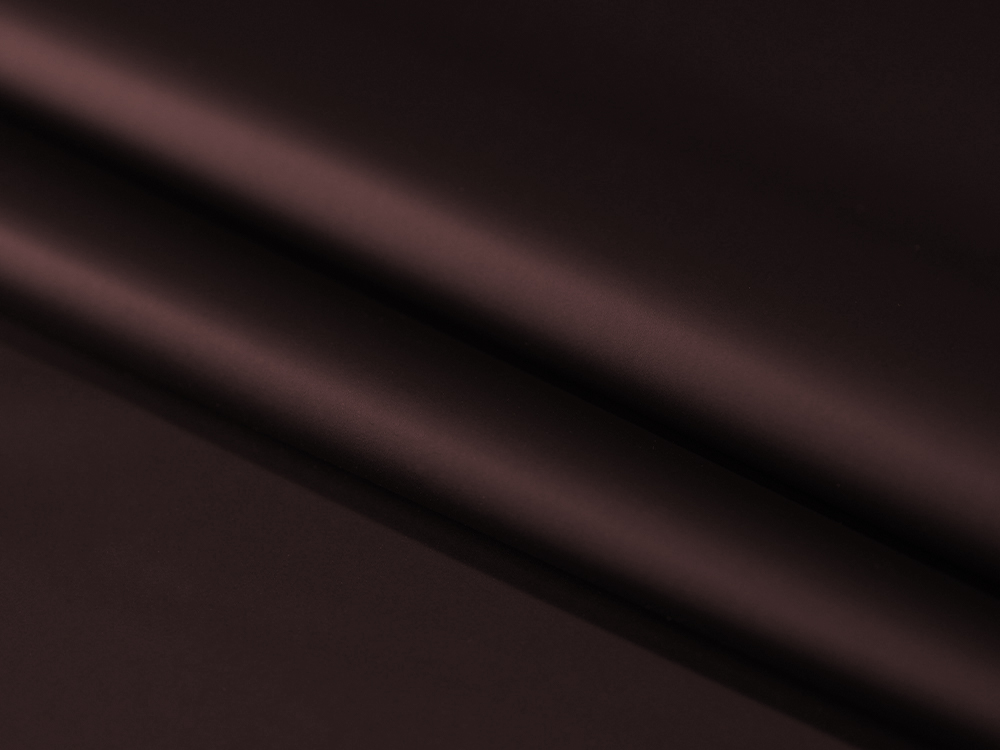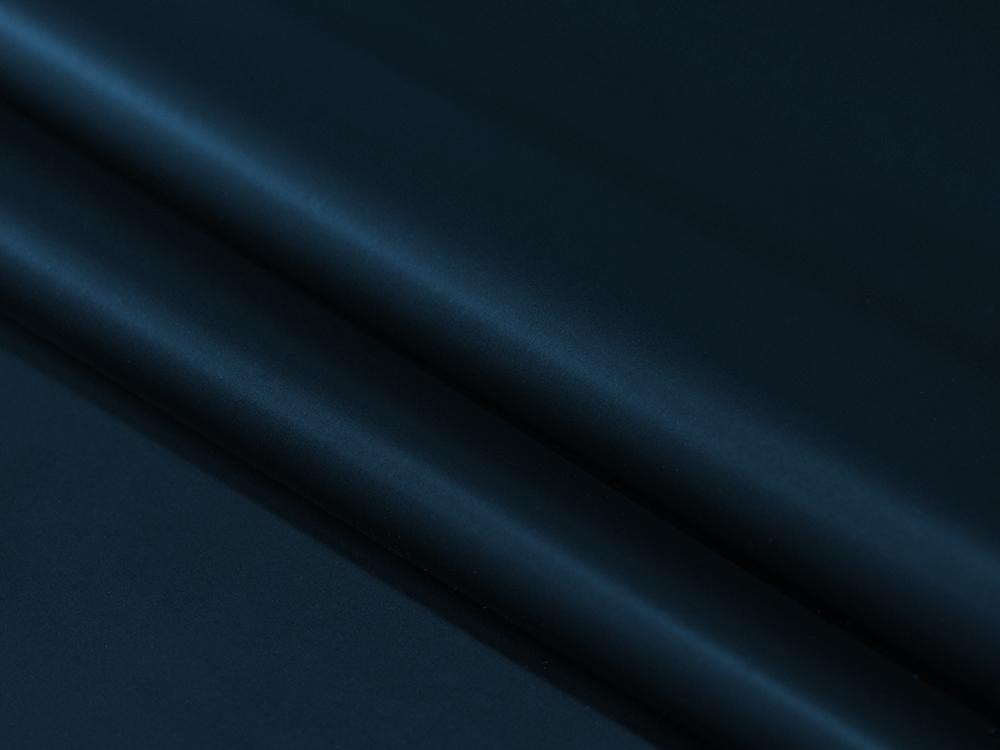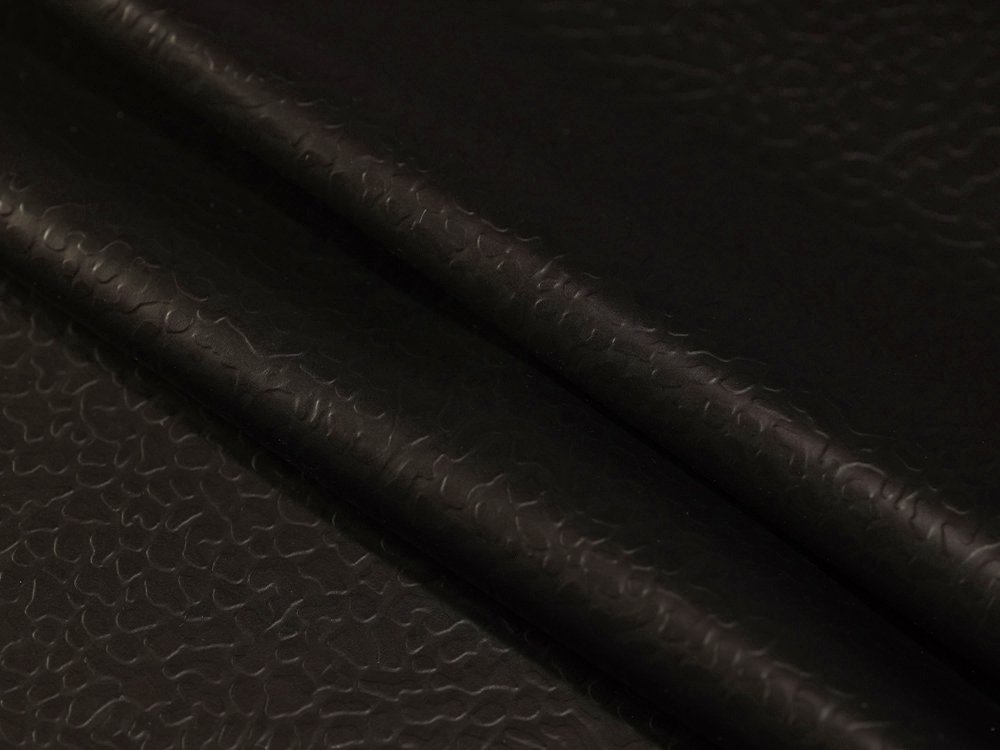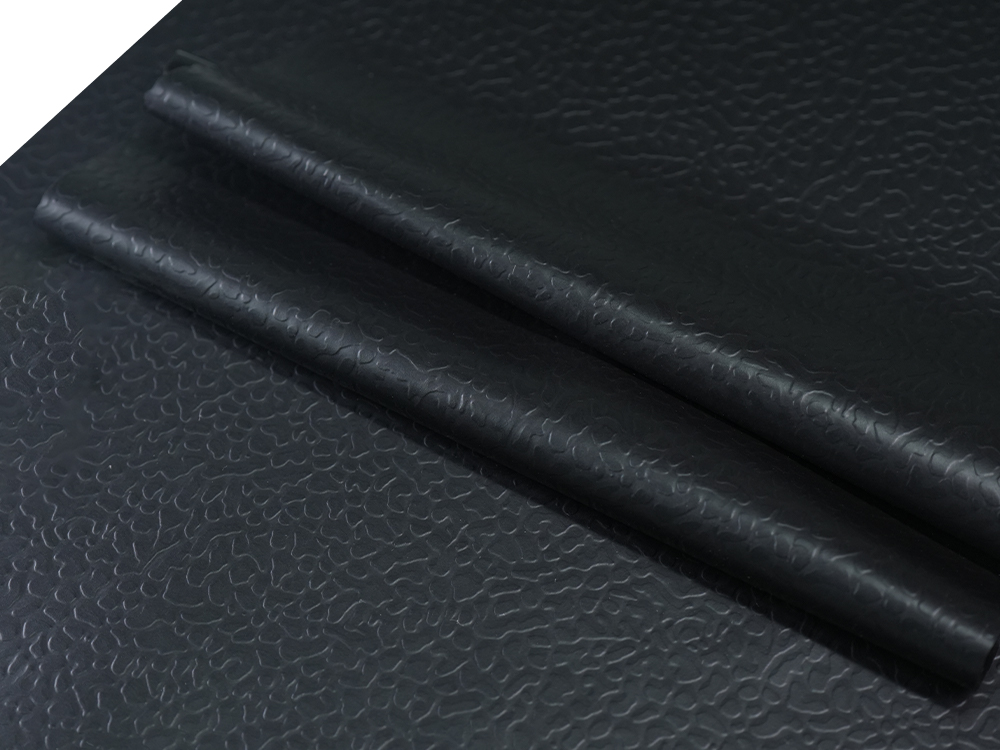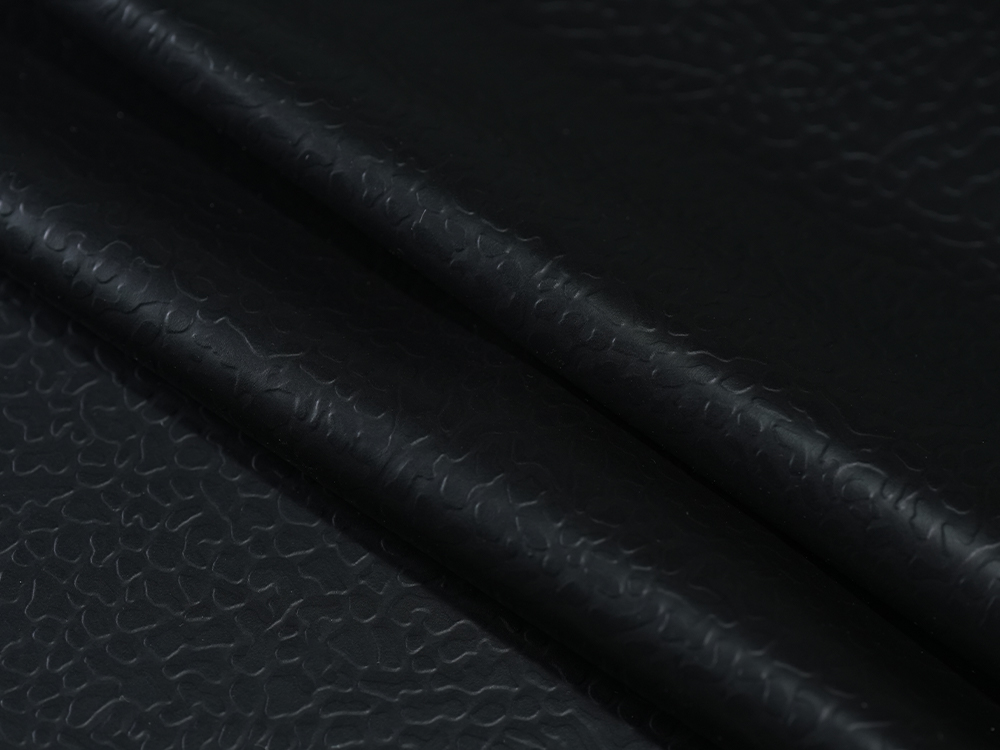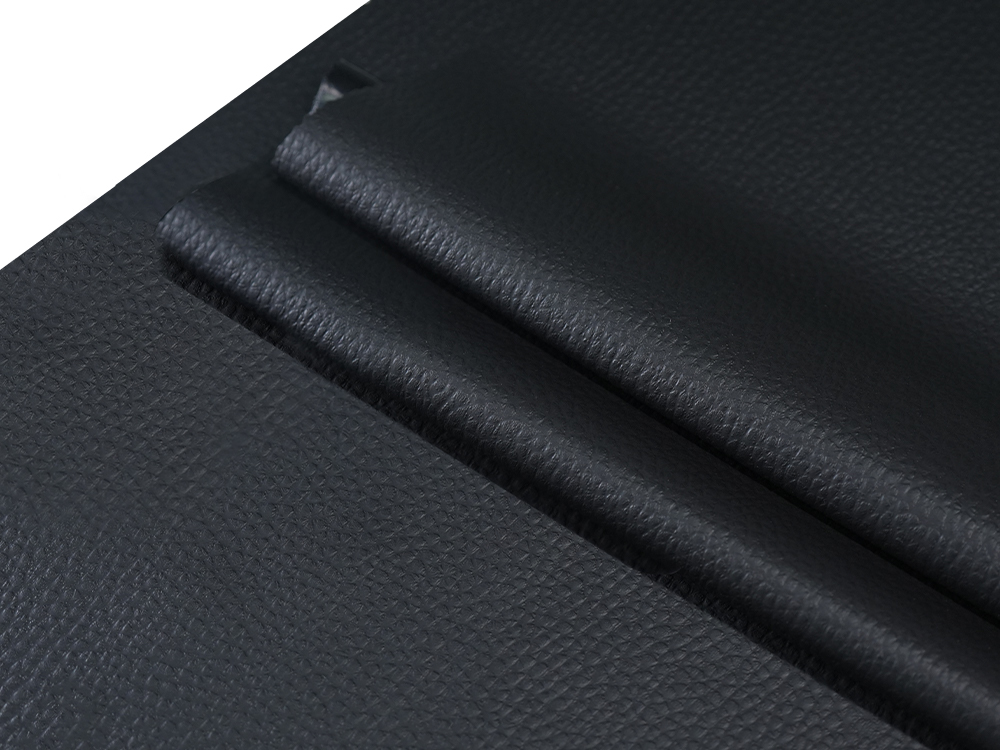In the semi-PU (polyurethane/PU and PVC hybrid) artificial leather industry, the application of release paper combines characteristics of both PU and PVC processes but requires adjustments to accommodate the unique properties of semi-PU materials. Below are its core applications and technical considerations:
1. Characteristics of Semi-PU Artificial Leather & Role of Release Paper
-
Material Properties: Semi-PU typically uses PVC as the base layer with a PU surface coating, combining PVC's cost advantages with PU's softness and wear resistance.
-
Key Functions:
-
Texture Transfer: The release paper imparts high-fidelity textures (e.g., cowhide, sheepskin) onto the PU coating.
-
Dual-Layer Release: Must adapt to the differing curing temperatures and chemical properties of the PVC base and PU surface layers.
-
2. Application in Key Process Flows
-
PVC Base Layer Coating: The release paper first carries the PVC paste, forming a base after drying.
-
PU Surface Layer Coating: PU resin is applied over the PVC layer, and the release paper is used for secondary embossing.
-
Staged Curing:
-
PVC layer curing temperature: 150–180°C (requires heat-resistant release paper).
-
PU layer curing temperature: 100–140°C (prevents silicone oil migration in the release paper).
-
-
Release: After cooling, the release paper is separated, preserving the PU layer's fine texture.
3. Selection Criteria for Release Paper
-
Temperature Gradient Resistance: Must withstand both PVC's high temperatures and PU's medium-to-low temperatures to prevent silicone oil failure or paper deformation.
-
Chemical Compatibility:
-
Resists penetration by PVC plasticizers (e.g., DINP).
-
Prevents dissolution of silicone coatings by PU solvents (e.g., DMF, MEK).
-
-
Texture Adaptability:
-
Coarse Textures: Used for products like sofas and luggage that emphasize three-dimensional effects.
-
Fine Textures: Used for apparel and gloves requiring a soft touch.
-
4. Industry Challenges & Solutions
-
Interlayer Adhesion Issues:
-
Solution: Use low-surface-energy release paper to minimize PU residue and ensure strong PVC/PU bonding.
-
-
Solvent Residue Risks:
-
Solution: Employ solvent-resistant silicone oils (e.g., platinum-catalyzed silicone) to prevent erosion by PU solvents.
-
-
Cost Control:
-
Solution: Adopt reusable release paper (e.g., 5–8 cycles) to offset semi-PU's higher material costs.
-
5. Future Trends
-
Eco-Friendly Release Paper: Adapt to DMF-free semi-PU processes with water-based silicone coatings.
-
Composite Texture Technology: Achieve combined PVC base textures and PU surface textures (e.g., coarse base + microporous surface) in a single molding step.
-
Smart Detection: Embed micro-markers on release paper surfaces for online monitoring of texture transfer uniformity.
Conclusion
In semi-PU artificial leather production, release paper is the critical medium for achieving "PVC cost-efficiency + PU premium quality." Its selection must precisely match the temperature, chemical, and texture requirements of the dual-material system while balancing cost and performance. As semi-PU expands into automotive interiors and high-end furniture applications, the weather resistance, reusability, and environmental standards of release paper will become key technological breakthroughs.


 English
English 中文简体
中文简体



